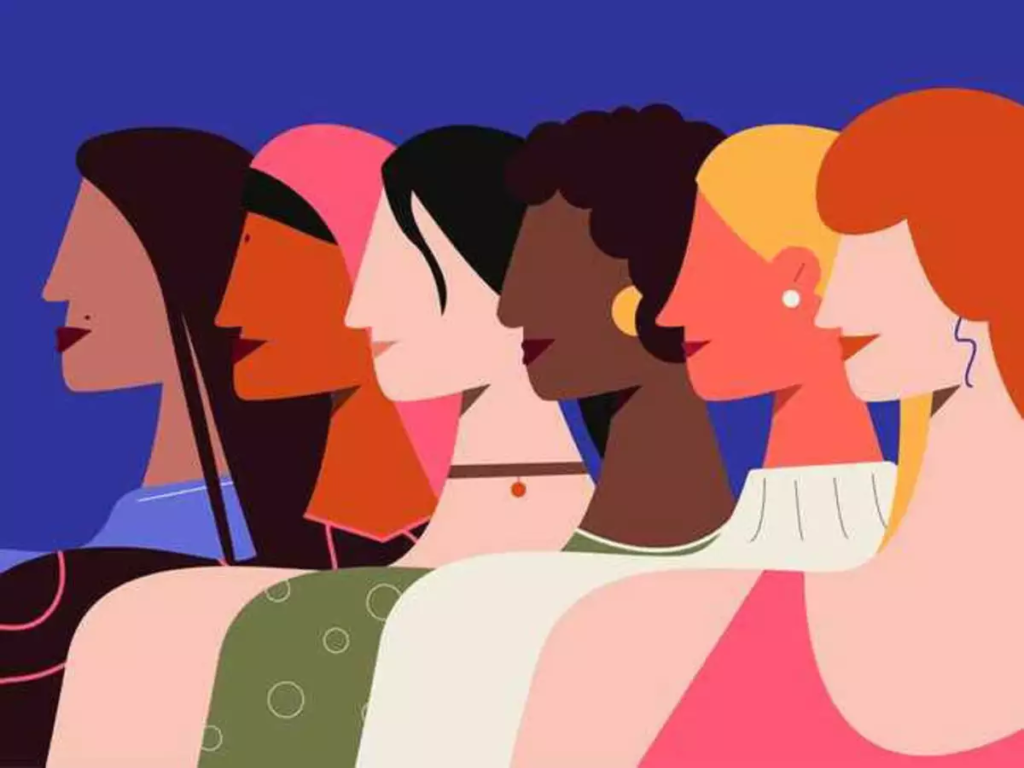The Indecent Representation of Women (Prevention) Act
Relevant for sociology optional Paper- 2 & GS Mains Paper- 2

The Indecent Representation of Women (Prevention) Act, commonly known as IRWA, is a comprehensive legislation aimed at preventing the exploitation of women in India. The Act was first passed in 1986 and has undergone several amendments over the years to keep up with the changing times and challenges.
The primary objective of the Act is to prohibit the indecent representation of women through any medium, including advertisements, publications, audiovisual content, and electronic media. The Act defines “indecent representation of women” as the portrayal of women in a manner that is derogatory, demeaning, or offensive to their dignity and modesty. The Act aims to promote gender equality, prevent violence against women, and create a society where women are respected and treated with dignity.
One of the key features of the IRWA is the establishment of a national commission to monitor and enforce the provisions of the Act. The commission is responsible for investigating complaints of indecent representation of women and taking appropriate action against the offenders. The commission also provides guidance and support to the media and advertising industry to ensure that they adhere to the provisions of the Act.
The Act also empowers the authorities to take strict action against those who violate its provisions, including the imposition of fines, imprisonment, or both. The Act recognizes that indecent representation of women is often linked to other forms of violence against women, such as sexual harassment, domestic violence, and human trafficking. Therefore, the Act empowers the authorities to take proactive measures to prevent and combat these crimes.
The IRWA has been instrumental in curbing the spread of indecent representation of women in India, although challenges remain. One of the main challenges is the lack of awareness among the general public about the Act and its provisions. Many people, including those who work in the media and advertising industry, are unaware of their obligations under the Act. This makes it difficult for the authorities to detect and prevent cases of indecent representation of women.
Another challenge is the rapid pace of technological advancement, which has led to the proliferation of digital media and online content. The Act was originally designed to regulate traditional forms of media, such as print and television. However, it has struggled to keep up with the changing landscape of digital media and online content, which often operates outside the purview of national laws and regulations.
In recent years, there has been a growing demand for the revision of the IRWA to reflect the changing times and challenges. Some argue that the Act is too narrow in scope and does not adequately address the broader issues of gender inequality and violence against women in India. They also argue that the Act should be amended to reflect the changing landscape of digital media and online content.
However, the proponents of the IRWA argue that the Act provides a comprehensive framework for preventing the exploitation of women in India. They argue that the Act has been successful in curbing the spread of indecent representation of women in traditional forms of media and that it should be strengthened and implemented effectively. They also argue that the Act provides a strong foundation for addressing the broader issues of gender inequality and violence against women in India.
In conclusion, the Indecent Representation of Women (Prevention) Act is a vital piece of legislation aimed at preventing the exploitation of women in India. The Act provides a comprehensive framework for prohibiting the indecent representation of women through any medium, including advertisements, publications, audiovisual content, and electronic media. The Act empowers the authorities to take strict action against those who violate its provisions and promote gender equality and the dignity of women. However, the Act faces several challenges, including a lack of awareness among the general public and the changing landscape of digital media and online content. To overcome these challenges, there is a need for increased public awareness and education about the Act and its provisions. The government should also revise and strengthen the Act to reflect the changing times and challenges, while also addressing the broader issues of gender inequality and violence against women in India. This can be achieved through a consultative process with all stakeholders, including the media and advertising industry, civil society organizations, and women’s rights groups.
Furthermore, it is crucial to implement the Act effectively and enforce its provisions strictly. The authorities should be provided with the necessary resources and training to investigate and prosecute cases of indecent representation of women. There should also be a concerted effort to monitor and regulate online content and digital media to prevent the spread of indecent representation of women.
Finally, it is important to recognize that the Indecent Representation of Women (Prevention) Act is only one part of the broader effort to promote gender equality and prevent violence against women in India. There is a need for a comprehensive and coordinated approach involving various stakeholders, including the government, civil society organizations, women’s rights groups, and the media and advertising industry, to create a society where women are treated with dignity and respect. Only then can we ensure that every woman in India can live a life free from exploitation and violence.
For more such free UPSC notes, Articles, News & Views Join our Telegram Channel. https://t.me/triumphias
Click the link below to see the details about the UPSC – Civils courses offered by Triumph IAS. https://triumphias.com/pages-all-courses.php


